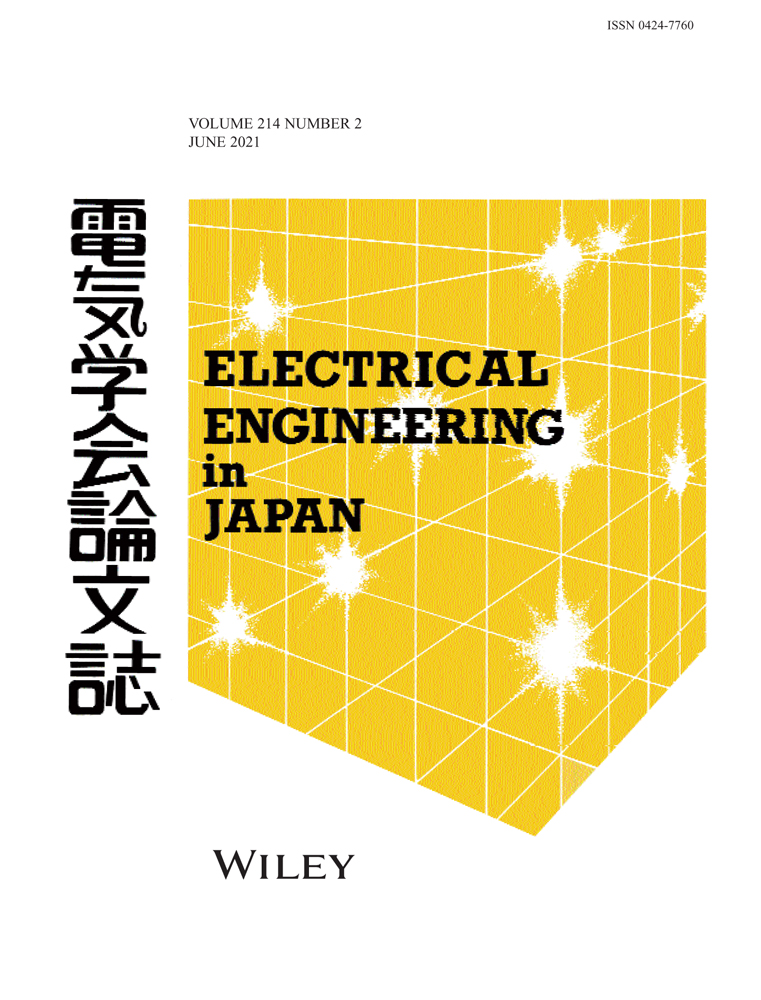Electrostatically induced voltage generated in ungrounded metal boxes and on a metal box when a charged body moves away from the box
Abstract
Electrical discharge and electrostatics are used for the industrial application of a copying machine and electrostatic spraying. However, the electrical discharge and electrostatics occasionally cause malfunction or failure of electronic equipment. When a human body moves in an office, it is electrified up to 10 kV or more. A microelectronic device used in the electronic equipment causes an error owing to the voltage of less than 10 V. When the charged human body moves near the electronic equipment, high induced voltage is generated in the metal box. Comprising electronic equipment, the box is occasionally used at the floating potential of an ungrounded condition. The induced voltage generated for the ungrounded metal box is higher than that generated for the grounded metal box. The results show that the induced voltage generated in an ungrounded metal box is 120% of the inverse polarity against a charged body when the charged body moves away from the box. The induced voltage generated in the ungrounded metal box is higher than that generated on the box. These results would be helpful in designing electronic equipment without malfunctions or failure.




